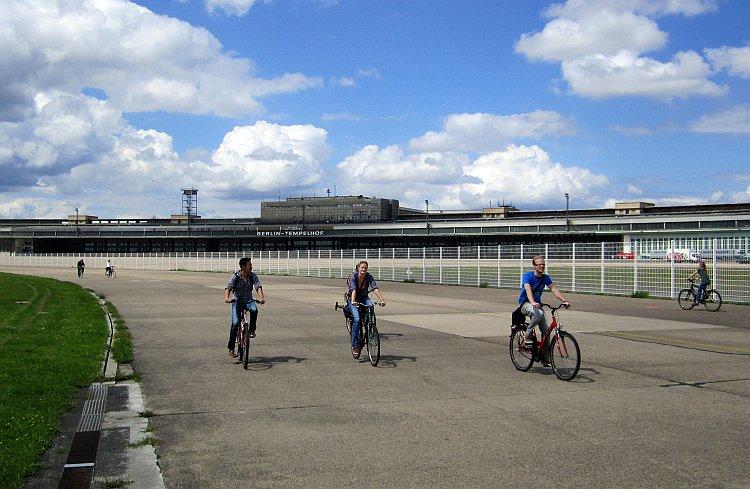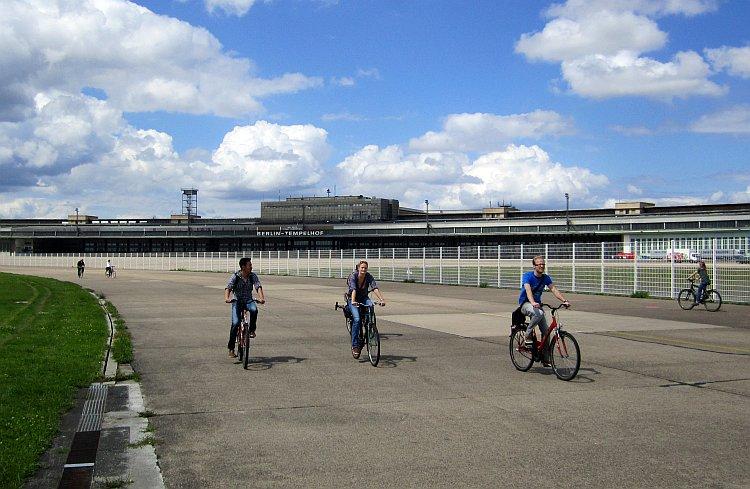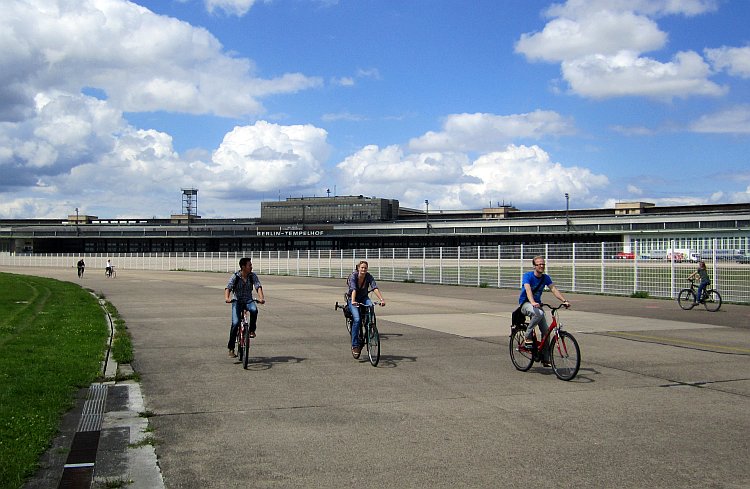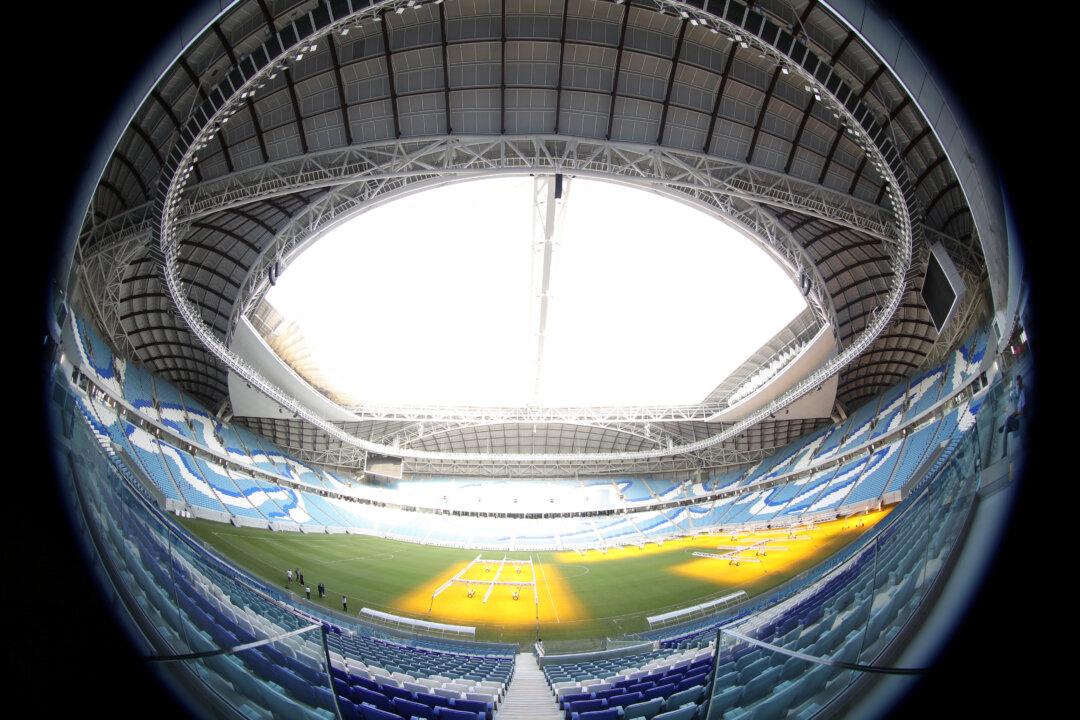BERLIN— On a warm summer afternoon, Berlin residents and tourists stream to the Tempelhof Airport in south-central Berlin. Nobody is there to travel, however, and the only planes flying are 4 feet long and remote controlled. Instead, they ride bikes, fly kites, or picnic at an extraordinary urban renewal project: The transformation of the city’s former airport into a public park and center for education and innovation.
Now, Tempelhof’s 600-acre airfield will host Europe’s biggest Olympic festival outside the U.K. starting with broadcasting the opening ceremonies live on giant screens on Friday. The screens will stay up throughout the games making Tempelhof a prime Olympic destination.
Berlin sport clubs have also joined efforts to offer an Olympic sports experience for everyone. The runways will become running tracks, and the green spaces will turn into fields for hockey, soccer, and other sports.
The Berlin landmark has both a notorious and illustrious history.
Constructed in 1923, Tempelhof was one of the world’s first airports. Adolf Hitler later ordered its reconstruction to make it the centerpiece of the future world capital, Germania. It was meant to be Europe’s biggest, most beautiful airport and a place to demonstrate the Third Reich’s air force, the Luftwaffe.
During World War II, bomber planes were produced in large underground tunnels at the airport, and Tempelhof was the site of the first concentration camp in Berlin.
The airport was also the staging ground for the Berlin Airlift. Goods arrived here that saved West Berlin from starvation during a yearlong blockade by the Soviet army.
British architect Norman Foster, who designed Hong Kong’s Chek Lap Kok Airport, once called Tempelhof “the mother of all airports.” There, a series of air travel innovations were established, like separating streams of luggage and passengers, that later set the world standard.
Its monumental terminal halls still stand as one of the largest buildings in Europe.
Ironically, Hitler’s airport was used by the U.S. military, an occupying force of Germany after the war, for almost 40 years. About 1,500 soldiers were based there, mainly tasked with spying on Eastern Europe. The U.S. Air Force left its mark on the former Nazi nerve center—it turned a ballroom into a basketball court.
Hence, Tempelhof is a symbol for Berlin’s turbulent history between repression and freedom.
The airport was closed in 2008 to centralize air traffic to one capital airport. It was reopened as a public park called Tempelhof Freedom, in 2010. With its huge open spaces it fast became a popular destination for locals and tourists, often hosting music festivals and fairs.
There are plans to transform the park again to broaden its functions. Along its borders, a public library, technology centers, and modern apartment blocks are all being considered for construction.
The city of Berlin intends for the park to become an “extraordinary free space of the 21st century,” and a place that serves all and offers lasting value. An Olympic festival is a good way to start.
The Epoch Times publishes in 35 countries and in 19 languages. Subscribe to our e-newsletter.






